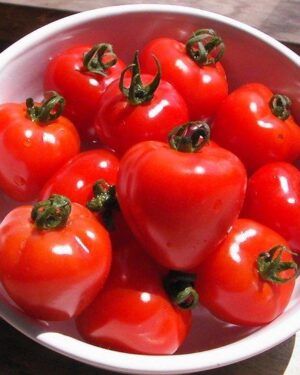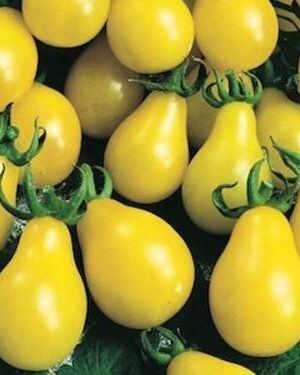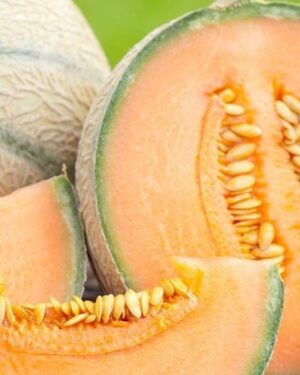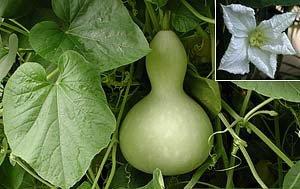Description
Cucamelon Flavorful Micro Fruit
Cucamelon Flavorful Micro Fruit often called the “Flavorful Micro Fruit,” is a tiny, cucumber-like fruit that packs a punch of flavor. Resembling miniature watermelons, these tiny fruits offer a delightful blend of tangy, citrusy notes coupled with a refreshing cucumber taste. Their unique appearance and burst of flavor make them a captivating addition to salads, pickles, and as a creative cocktail garnish. Despite their small size, Cucamelons boast surprising versatility in the kitchen, adding a whimsical and exotic touch to various culinary creations. Whether enjoyed fresh from the vine or incorporated into recipes, the Cucamelon stands out as a flavorful micro fruit, perfect for those seeking novel tastes and unique culinary experiences.
Cultivation advice
- Start seeds indoors 3-4 weeks before the last frost or sow directly into warm soil after the last frost date. Ensure the soil temperature is at least 70°F (21°C) for optimal germination.
- Select a sunny location with well-draining soil. Cucamelons thrive in warm climates.
- Plant seeds or seedlings 12-18 inches apart in rows or mounds. Consider providing trellises or support structures for vines to climb, as they can reach up to 6 feet in length.
- Maintain consistent moisture, especially during flowering and fruiting stages. Water deeply but infrequently, ensuring the soil remains evenly moist but not waterlogged.
- Apply mulch to retain moisture and suppress weeds. Fertilize with a balanced fertilizer or compost to support healthy growth.
- Protect young plants from late spring or early fall cold snaps, as they prefer warmer temperatures.
- Trim excess foliage for better airflow and to prevent overcrowding. This helps reduce the risk of diseases.
- Harvest Cucamelons when they reach grape-sized (about 1 inch long). They should be firm and snap easily from the vine. Regular harvesting encourages continuous production.
- Monitor for common pests like aphids or spider mites. Use organic pest control methods when needed. Cucamelons are generally resistant to diseases.
- Consume harvested Cucamelons promptly for the best taste and texture. If storing, keep them refrigerated to maintain freshness.
- Ensure the soil pH is around 6.0 to 6.8, providing a slightly acidic to neutral environment for healthy growth.
- While Cucamelons thrive in full sun, they can also tolerate partial shade. Aim for at least 6-8 hours of sunlight daily for optimum growth.
- Hand-pollinate flowers by gently transferring pollen between male and female flowers using a small brush or cotton swab. This can enhance fruit set, especially in indoor or greenhouse settings.
- Mulch around plants to maintain soil moisture and reduce weed growth. Regularly check for moisture levels and avoid overwatering to prevent root rot.
- Train the vines to climb on trellises or supports, aiding in better airflow, easy harvesting, and preventing fruits from touching the ground.
- Consider planting aromatic herbs like basil or marigolds nearby to deter pests and attract beneficial insects.
- Provide a monthly feeding of compost tea or a balanced fertilizer to supply essential nutrients for robust growth.
- Use row covers or cloches to protect young plants from temperature fluctuations in cooler regions or during unexpected cold spells.
- Employ season extension methods like hoop houses or cold frames to prolong the growing season in colder climates.
- Install sturdy trellises or cages to support the weight of the vines and fruits, preventing breakage and keeping the fruits off the ground.
- Utilize kitchen scraps or organic waste to create nutrient-rich compost for the garden, promoting soil health and fertility.
- Regularly observe plant health, adapt care practices accordingly, and experiment with different techniques to find what works best for your specific growing conditions.









Reviews
There are no reviews yet.